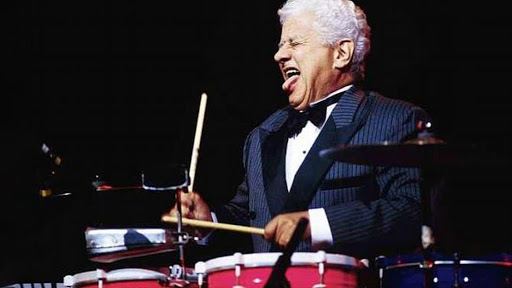Listen to BEBÉ the new song from Camilo and El Alfa
The Colombian singer Camilo, winner of a Latin Grammy in this year’s ceremony, joined forces with the Dominican El Alfa to surprise everybody with a bachata full of feelings.
El Alfa is a Dominican rapper that, with lots of professionalism, joined him in this adventure. Camilo has triumphed in the musical industry, and has left more than one surprised with this song in the bachata genre, after all it’s his first experience with it.
My approach to music is always from the illusion, from what my heart asked me, and in this moment it wants to dance pegaito (close)”, expressed Camilo. “It’s a tribute to Dominican Republic, a country that I love with all my heart”, he added.

Within hours of its release, the song has more than four million views on YouTube, and keeps rising. Camilo looked very pleased with the final result and commented on YouTube:
ALL THE TRIBE DANCING PEGAITO (CLOSE)!!!! Thanks Alfa, you are an incredible human being, very unique! Colombia and Dominican Republic dancing together!!!”; he expressed.
Beside, he announced the release through his Instagram profile:
BEBÉ is released with @elalfaeljefe. This is going to be the soundtrack of my end of the year holidays!!! LET’S DANCE!!! Cheers. THE TRIBEEEE”, he said. The post was ended with emojis of the Colombian and Dominican flags.
Emanuel Herrera Batista, better known as El Alfa also took advantage of his social media profiles to share BEBÉ.
I thought that my first bachata would be with “THE KING” Romero Santos!! But it was my turn to work with the most worldwide mentioned artist, thanks @camilo for this chance! I have so much respect and affection for him”, El Alfa commented with two pictures together with the Colombian singer.
The music video was filmed in Samaná, a seaside city from Dominican Republic, and it was directed by Eva Luna, Camilo’s wife. It shows images from different parts of the island, and it’s focused on a couple’s love, and reflects couples dancing to the song rhythm. The production is under Sony Music Label.
Camilo is very excited about this song and working with El Alfa
It’s the first time that both artists share melodies, and they have been very pleased with the experience, and the final result. In fact, on a recent interview Camilo has given some words about the collaboration:
We met at an award show. I’ve always shown a curiosity for his identity. I think that he is a unique human being and I celebrate that identity, and the honesty above all. I celebrate his honesty in what he does, without asking anybody, without asking permission. He follows his hearts and wrote the songs that it dictates, for me that is something worthy to learn from him. It’s a tribute to the Dominican sound which is a second home for me, because it’s my parents’ home where they live, and each time I visit it, I fall in love more with a country that touches the heart from the first day that you land. I feel that I’m going to have the opportunity to enter the houses of many families with this song”, he commented to Diario Libre.
Could be the beginning of a new chapter for the Colombian singer’s career? Let’s wait and see!









